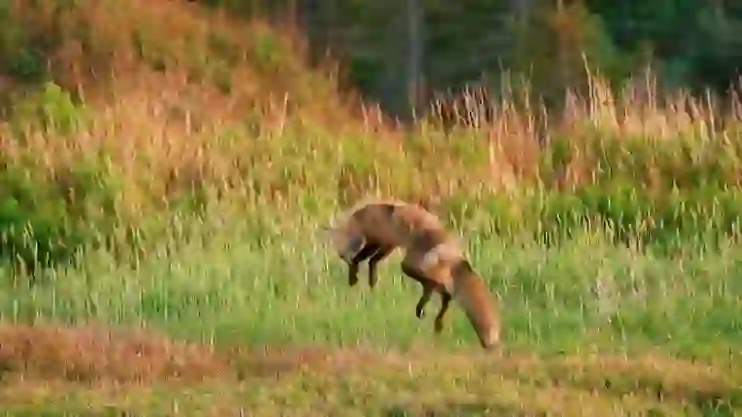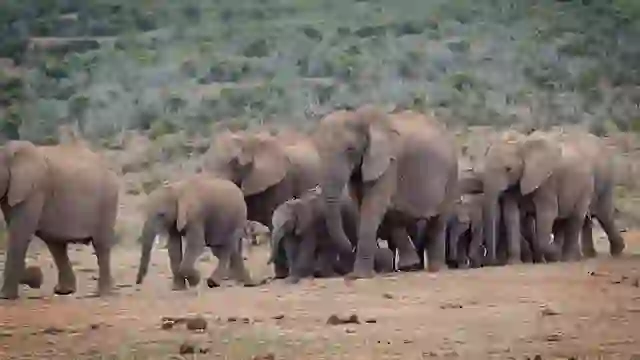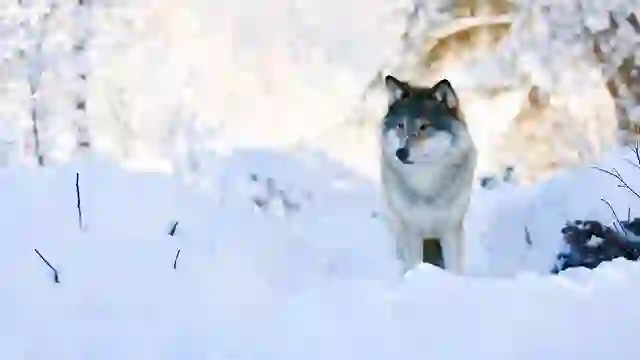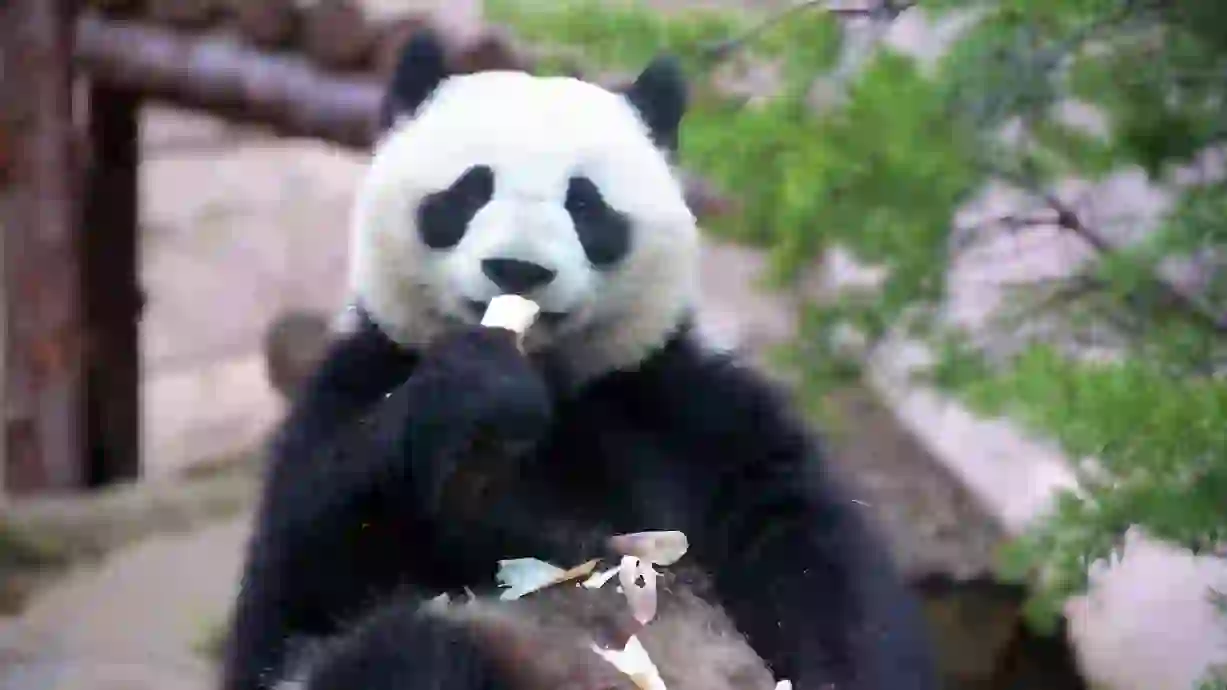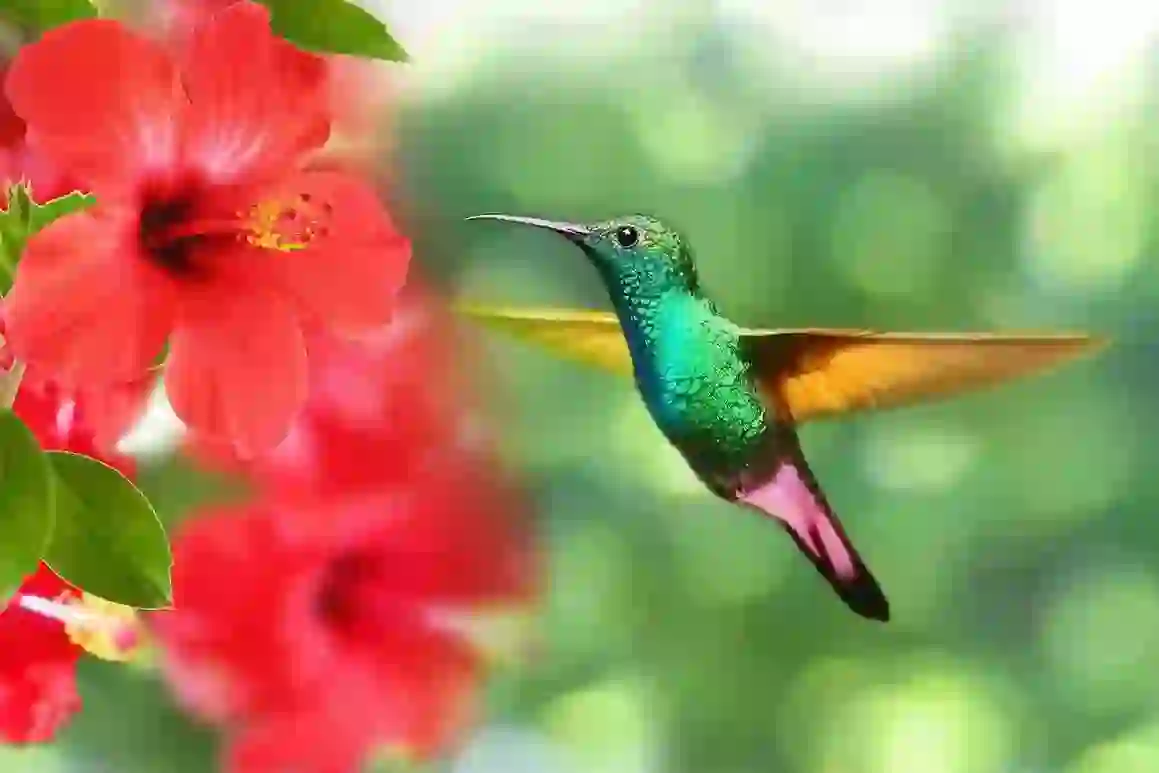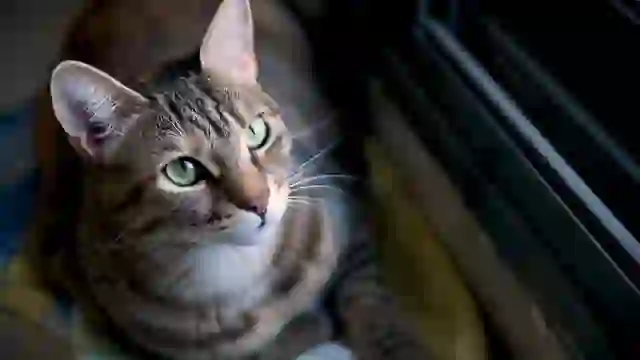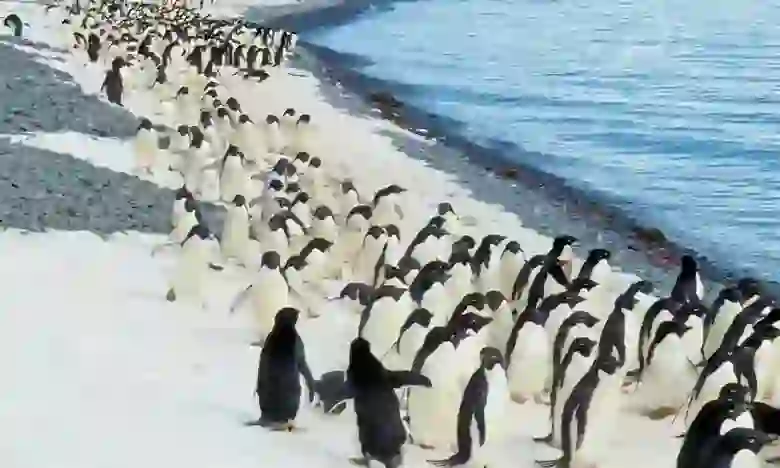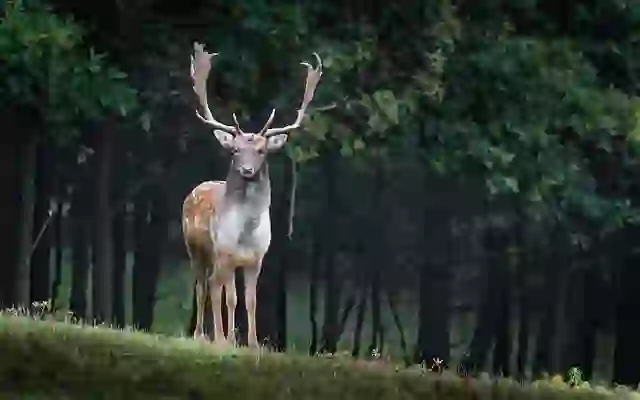
Hartmann's Mountain Zebra
Hartmann's Mountain Zebra
Hartmann's Mountain Zebra
In the dry, mountainous regions of Namibia and Angola, lives a zebra with a striking coat of black and white stripes: Hartmann's mountain zebra. These resilient creatures, adapted to navigating steep, rocky slopes, are facing a growing threat to their survival. Let's explore the fascinating world of Hartmann's mountain zebra, their unique adaptations, and the conservation efforts to protect them.
Hartmann's Mountain Zebra Basic Infomation
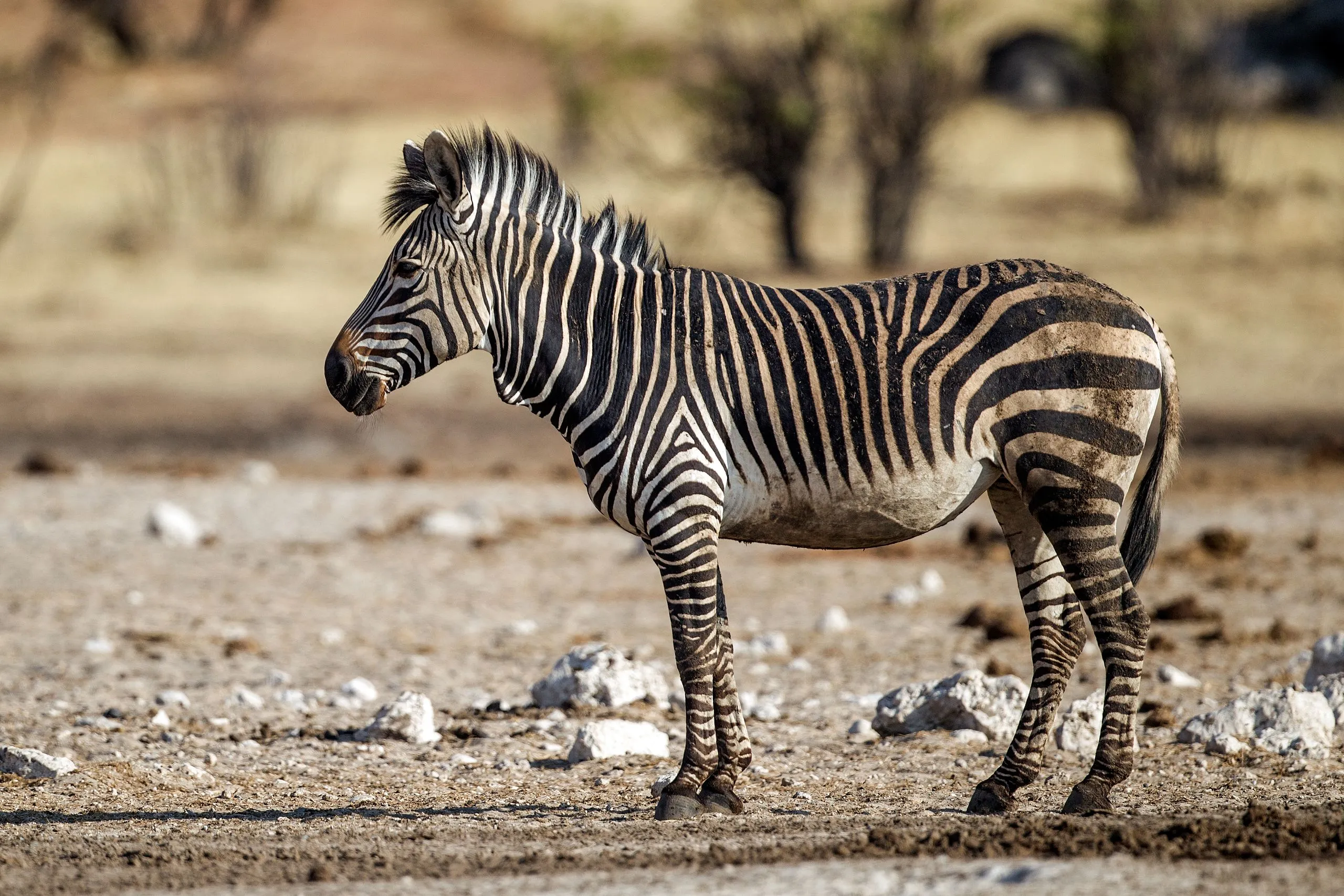
| Property | Value |
|---|---|
| Scientific Name | Equus zebra hartmannae |
| Taxonomic Status | SUBSPECIES |
| Rank | SPECIES |
| Vernacular Names | Hartmann's mountain zebra |
| Kingdom | Animalia |
| Phylum | Chordata |
| Class | Mammalia |
| Order | Perissodactyla |
| Family | Equidae |
| Genus | Equus |
| Habitats | Mountainous areas of Namibia and Angola |
| Conservation Status | Endangered (IUCN 2023) |
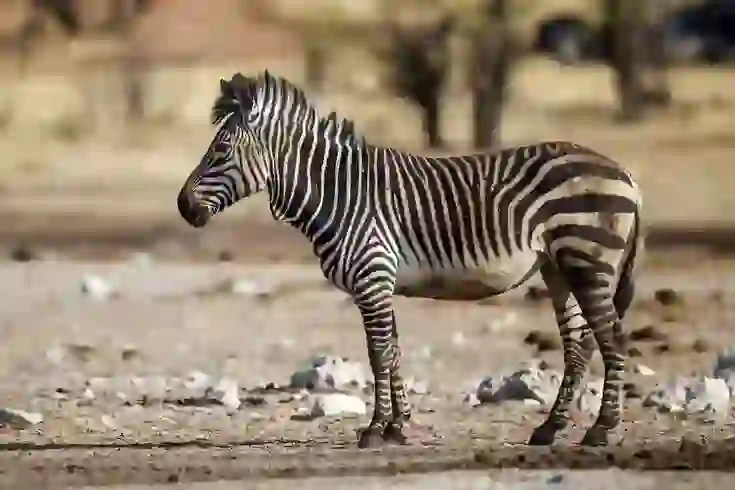
Size
They measure about 7.5 to 8.2 feet (2.3 to 2.5 meters) in length and weigh around 550 to 770 pounds (250 to 350 kilograms). They have strong legs and a well-balanced physique, adapted for navigating the steep slopes of the mountains.
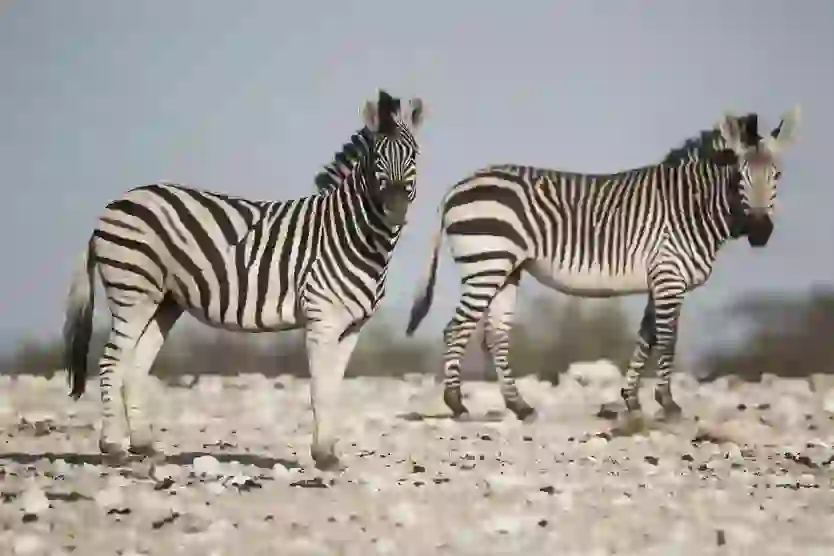
Lifespan
They can live for about 20 years in the wild and up to 25 years in captivity.

Distribution
They are found in the dry, mountainous regions of Namibia and Angola. They are adapted to rugged terrain and can travel long distances in search of limited food and water resources.
Hartmann's Mountain Zebra Q&A

What kind of zebra is Hartmann's mountain zebra?
Hartmann's mountain zebra is a subspecies of mountain zebra, found in the mountainous regions of Namibia and Angola.
They are closely related to the Cape mountain zebra but are slightly larger. Their most distinctive feature is their stripe pattern. Hartmann's mountain zebra has bold black and white stripes that extend all the way down to their hooves, creating a stunning contrast. Their stripes are narrower and more numerous compared to other zebras. They are adapted to arid environments, able to survive on plants with low water content and limited water resources. They have a relatively docile nature and live in herds, grazing on grasses as they travel across the vast grasslands. Hartmann's mountain zebra is listed as 'Endangered' (EN) on the IUCN (International Union for Conservation of Nature) Red List. This means that they are facing a threat of extinction. Their declining population is mainly due to habitat loss and poaching. To protect Hartmann's mountain zebra, it is important to conserve their habitat and prevent poaching. If you have the opportunity to see Hartmann's mountain zebra at a zoo or on safari, take the time to learn more about them.

What is the origin of the name 'Hartmann's mountain zebra'?
Hartmann's mountain zebra is named after Georg Hartmann, a German explorer who explored Namibia in the 19th century.
He studied the flora and fauna of Namibia, and during his explorations, he discovered the Hartmann's mountain zebra. This zebra was named in his honor.

What do Hartmann's mountain zebras eat?
Hartmann's mountain zebras are herbivores, and their diet primarily consists of grasses.
They can consume about 22 pounds (10 kg) of grass per day! They are most active in the mornings and evenings, foraging for food. They also need to drink water and may travel long distances in search of water sources during the dry season. Food can be scarce in mountainous areas, so they are very efficient at finding and consuming grass, and can survive on limited water and food.

[Quiz!] Why are Hartmann's mountain zebras endangered?
The main reasons for the decline in Hartmann's mountain zebra populations are human activities.
・Habitat loss: Agricultural development, conversion of land to pasture, mining, and road construction have led to the loss of their habitat.
・Poaching: Their hides and meat are traded for high prices, making them targets for poachers.
・Competition with livestock: They compete with livestock for food and water.
・Droughts: In recent years, droughts have become more frequent due to climate change, leading to food and water shortages.
To protect Hartmann's mountain zebra, it is necessary to address these issues.

[Quiz!] What efforts are being made to protect Hartmann's mountain zebra?
Various countries, including Namibia and Angola, where Hartmann's mountain zebras live, are undertaking conservation efforts to protect them.
These efforts include the establishment of national parks and protected areas, strengthening law enforcement against poaching, and raising awareness among local communities. International conservation organizations are also actively involved in protecting Hartmann's mountain zebra. These efforts have resulted in a gradual increase in the Hartmann's mountain zebra population. However, they are not yet out of danger. The cooperation of each and every one of us is necessary to ensure their future.

Would you like to become a part of the 'Animalbook.jp'?
Turn your knowledge into Q&A and share it with the world. ※Publication will be activated after purchase. Let's share information together!
Hartmann's Mountain Zebra Type of List

Characteristics of Hartmann's Mountain Zebra
- Subspecies of the mountain zebra
- Found in the mountainous regions of Namibia and Angola
- Slightly larger than the Cape mountain zebra
- Stripes extend all the way down to their hooves
- Narrow and numerous stripes
- Adapted to arid environments
- Able to survive on plants with low water content
- Can survive on limited water
- Live in herds
- Endangered (EN)
Information
Congratulations! You are the first commenter!

Create Your Favorite List!
Hartmann's Mountain Zebra
Save the animals you love! Build your own list to quickly revisit your favorites later.

Would you like to leave a comment?
※Please note: This is for the purchase of rights to post comments within the article.
Find Your Favorites!
Our shop offers a unique and attractive selection of goods themed around various animals.
Hartmann's Mountain Zebra References
Hartmann's Mountain Zebra Introduction of media used
Nesnad, CC BY-SA 3.0, via Wikimedia Commons

Yathin S Krishnappa, CC BY-SA 4.0, via Wikimedia Commons

Yathin S Krishnappa, CC BY-SA 4.0, via Wikimedia Commons

Help Enrich Our Animalbook.jp with Your Media!
We are constantly looking to expand and enrich our Animalbook.jp with amazing photos and videos of animals. If you have any media that you'd like to share, please contribute and help us showcase the beauty and diversity of the animal kingdom. Your submissions will be credited and featured in our encyclopedia, reaching a wide audience of animal lovers.



